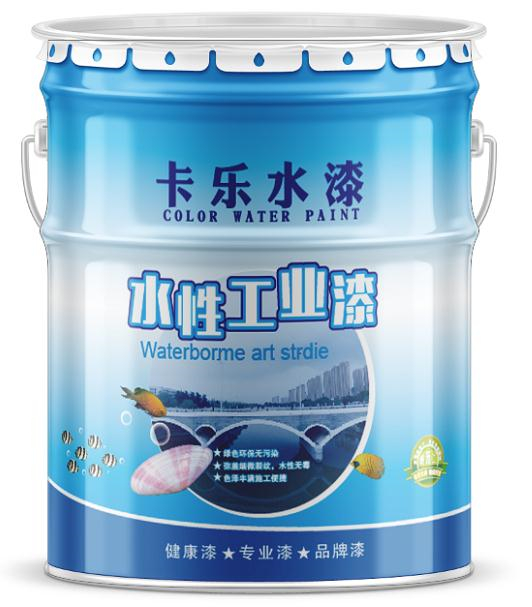Product Description:
Alkyd blending waterborne paint is a type of paint that combines the properties of alkyd resin with those of waterborne technology. Alkyd resins are synthetic resins made by the condensation reaction of a polybasic acid and a polyhydric alcohol. They are known for their durability, gloss, and excellent color retention.
Product Features:
Durability: Alkyd resins impart excellent durability to the paint, making it suitable for high-traffic areas or surfaces that require frequent cleaning.
Gloss: The paint has a high gloss finish, giving surfaces a shiny and polished look.
Color Retention: Alkyd blending waterborne paint maintains its color over time, resisting fading and yellowing.
Ease of Application: Due to the waterborne technology, the paint is easier to apply and clean up compared to traditional alkyd paints that require solvents for clean-up.
Low Voc: Waterborne paints have lower volatile organic compound (VOC) levels compared to solvent-based paints, making them more environmentally friendly and safer to use indoors.
Quick Drying: The paint dries quickly, allowing for faster recoating and project completion times.
Versatility: Alkyd blending waterborne paint can be used on a variety of surfaces, including wood, metal, and masonry.
Construction method: To apply Alkyd blending waterborne paint to a surface, whether it’s for a construction project or a renovation, several steps are typically involved. Here is an overview of the construction method for applying Alkyd blending waterborne paint:
1. Surface Preparation: Ensure the surface is clean, dry, and free of any dust, dirt, grease, or other contaminants.
Sand the surface if necessary to remove any rough spots or imperfections.
Prime the surface if needed to promote adhesion and enhance the durability of the paint.
2. Mixing the Paint: Follow the manufacturer’s instructions for mixing the Alkyd blending waterborne paint. Proper mixing ensures uniform color and consistency.
3. Application: Use a paintbrush, roller, or sprayer to apply the paint to the surface. Start by cutting in the edges with a brush and then fill in the larger areas with a roller for a smooth finish. Apply multiple thin coats rather than one thick coat for better coverage and durability. Allow each coat to dry completely before applying the next coat.
4. Drying Time: Alkyd blending waterborne paint typically dries faster than traditional alkyd paints. Follow the manufacturer’s instructions for drying times between coats.
5. Cleanup: Clean up any spills or drips immediately with water before the paint dries. Clean the tools and equipment with water after use.
6. Curing Time: Allow the paint to cure according to the manufacturer’s recommendations before exposing it to heavy use or cleaning.
By following these steps and techniques, you can effectively apply Alkyd blending waterborne paint to achieve a durable, high-gloss finish on various surfaces as part of your construction project.
Advantages:
Durability: Alkyd blending waterborne paint offers exceptional durability, making it suitable for high-traffic areas or surfaces exposed to harsh elements.
Gloss Finish: This paint provides a high gloss finish, enhancing the aesthetic appeal of surfaces and creating a sleek and polished look.
Color Retention: Alkyd blending waterborne paint maintains its color vibrancy over time, resisting fading and yellowing, ensuring long-lasting beauty.
Ease of Application: Due to the waterborne technology, this paint is easy to apply with brushes, rollers, or sprayers and has a smooth application process.
Low VOC Content: Waterborne paints have lower levels of volatile organic compounds (VOCs), making them environmentally friendly and safer for indoor use.
Quick Drying Time: Alkyd blending waterborne paint dries quickly between coats, allowing for faster project completion and reducing downtime.
Versatility: This paint can be used on various surfaces such as wood, metal, masonry, and more, providing versatility for different painting projects.
Post time: Mar-13-2024







